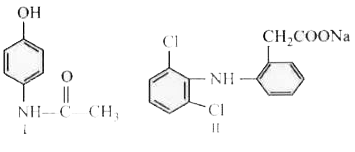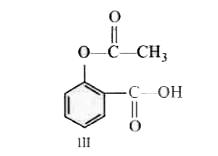
The number of monosubstitution products of Dewar (I), prismane (II), and benzene (III) are respectively,
A
2,1, and 1
B
1,2, and 1
C
1,1, and 2
D
1,1, and 1
Video Solution
Text Solution
The correct Answer is:1
|
Topper's Solved these Questions
- AROMATIC HYDROCARBONSBOOK - R SHARMACHAPTER - AROMATIC HYDROCARBONSEXERCISE - Follow up Test 3
8 Videos
- AROMATIC HYDROCARBONSBOOK - R SHARMACHAPTER - AROMATIC HYDROCARBONSEXERCISE - Follow up Test 4
12 Videos
- AROMATIC HYDROCARBONSBOOK - R SHARMACHAPTER - AROMATIC HYDROCARBONSEXERCISE - Follow up Test 1
10 Videos
- ALKYNESBOOK - R SHARMACHAPTER - ALKYNESEXERCISE - Archives
42 Videos
- CHEMICAL BONDINGBOOK - R SHARMACHAPTER - CHEMICAL BONDINGEXERCISE - Archives
73 Videos
Similar Questions
Knowledge Check

The number of disubstitution products of benzene (I), Dewar benzene (II), and prismane (III) are, respectively.A5,2 and 2B3,2 and 2C3,6 and 3D3,6 and 6The number of disubstituted products of benzene is
A2B3C4D5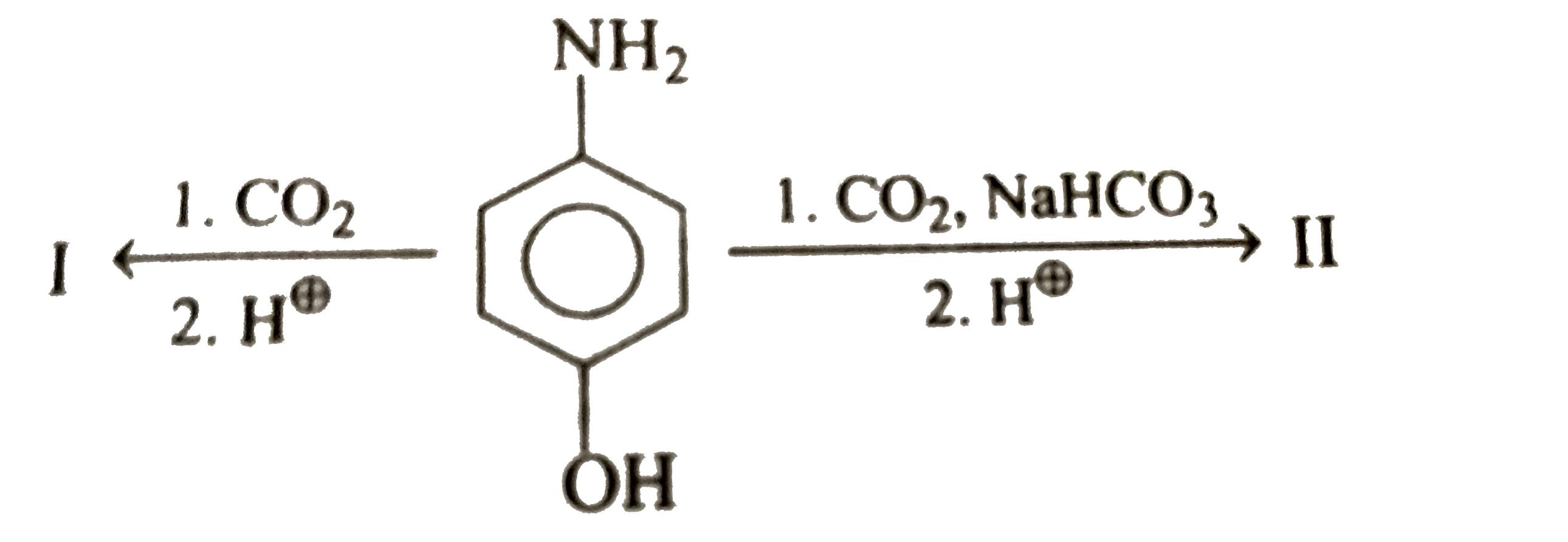
Product I and II are respectively:A B
B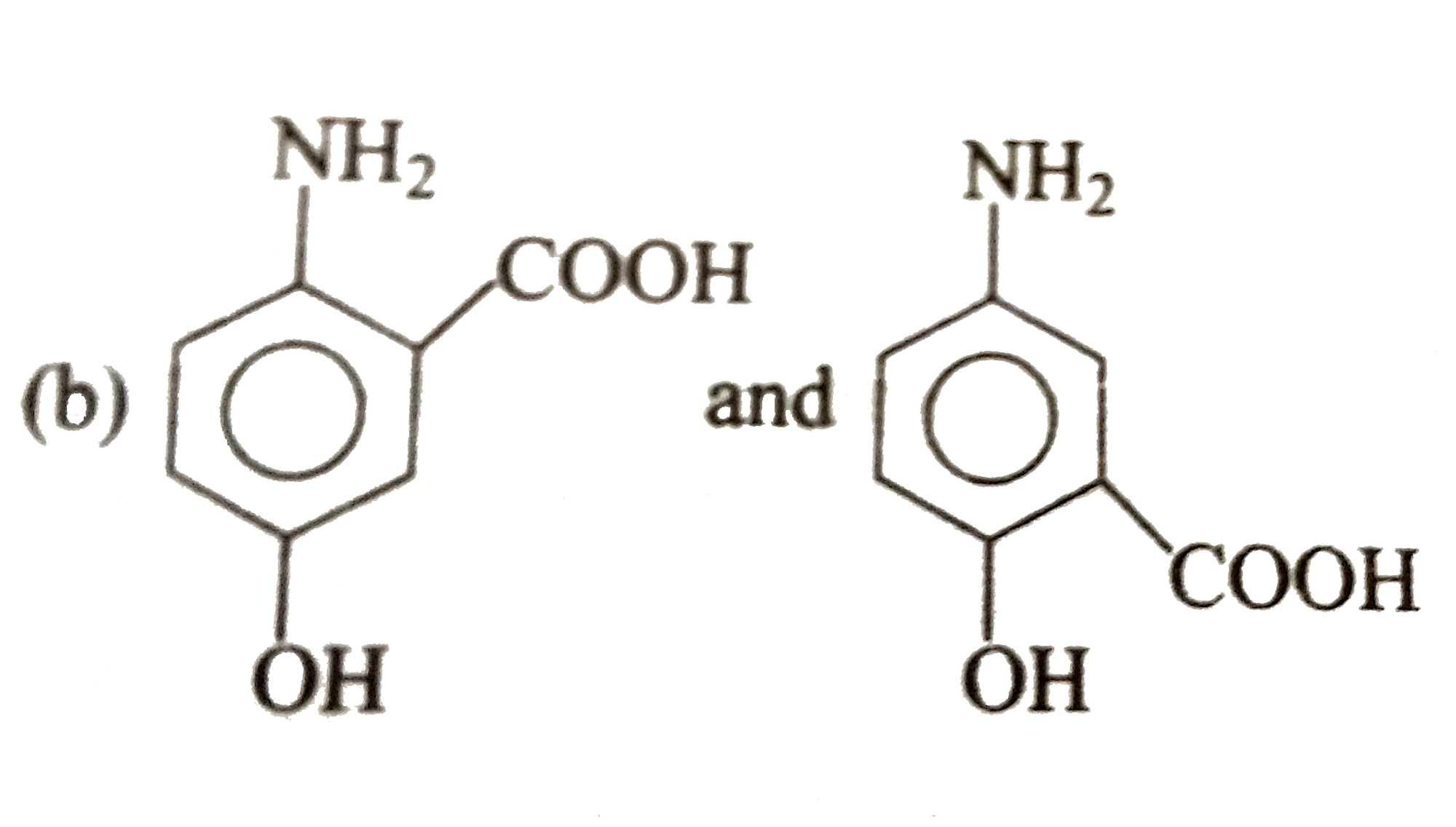 C
C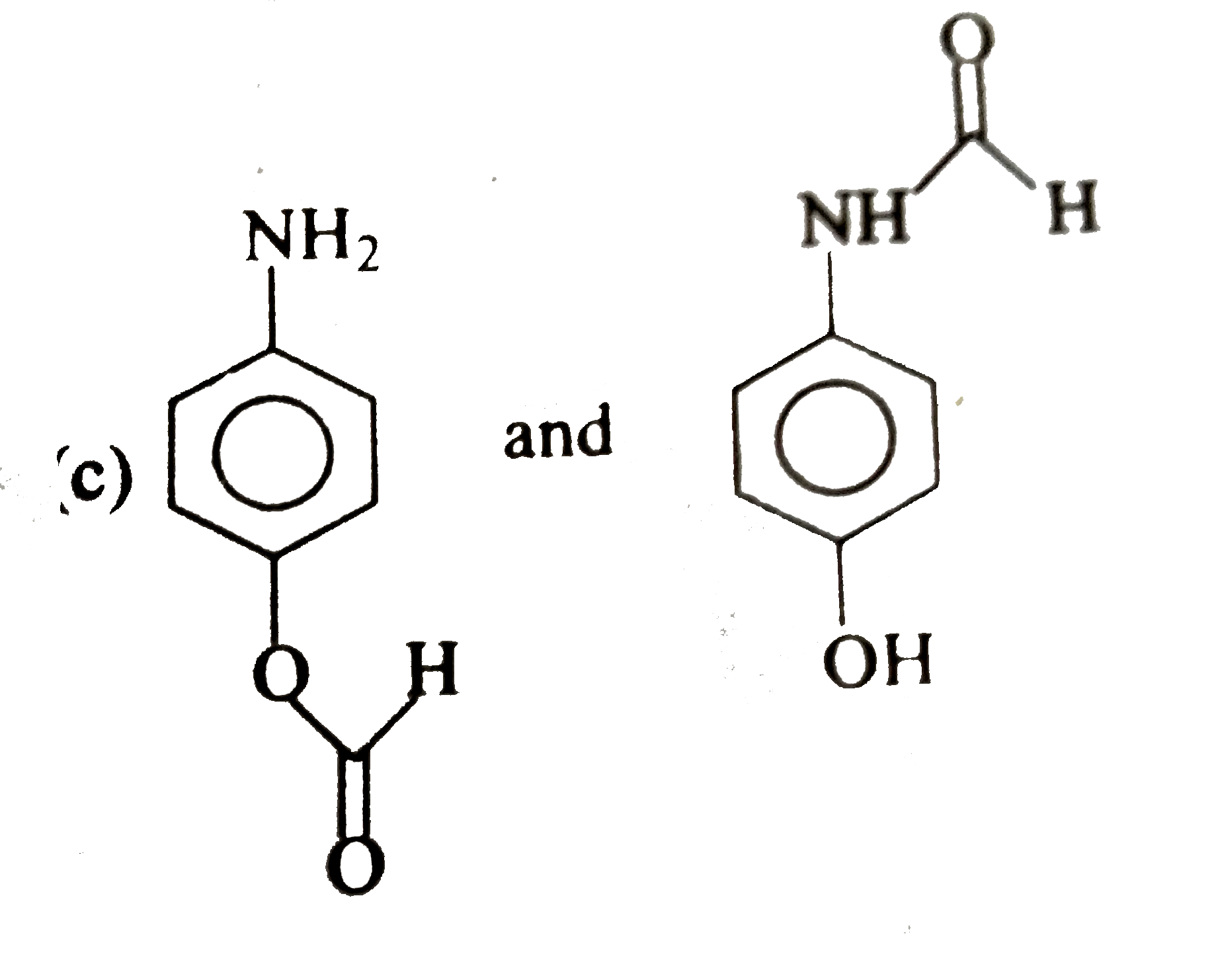 D
D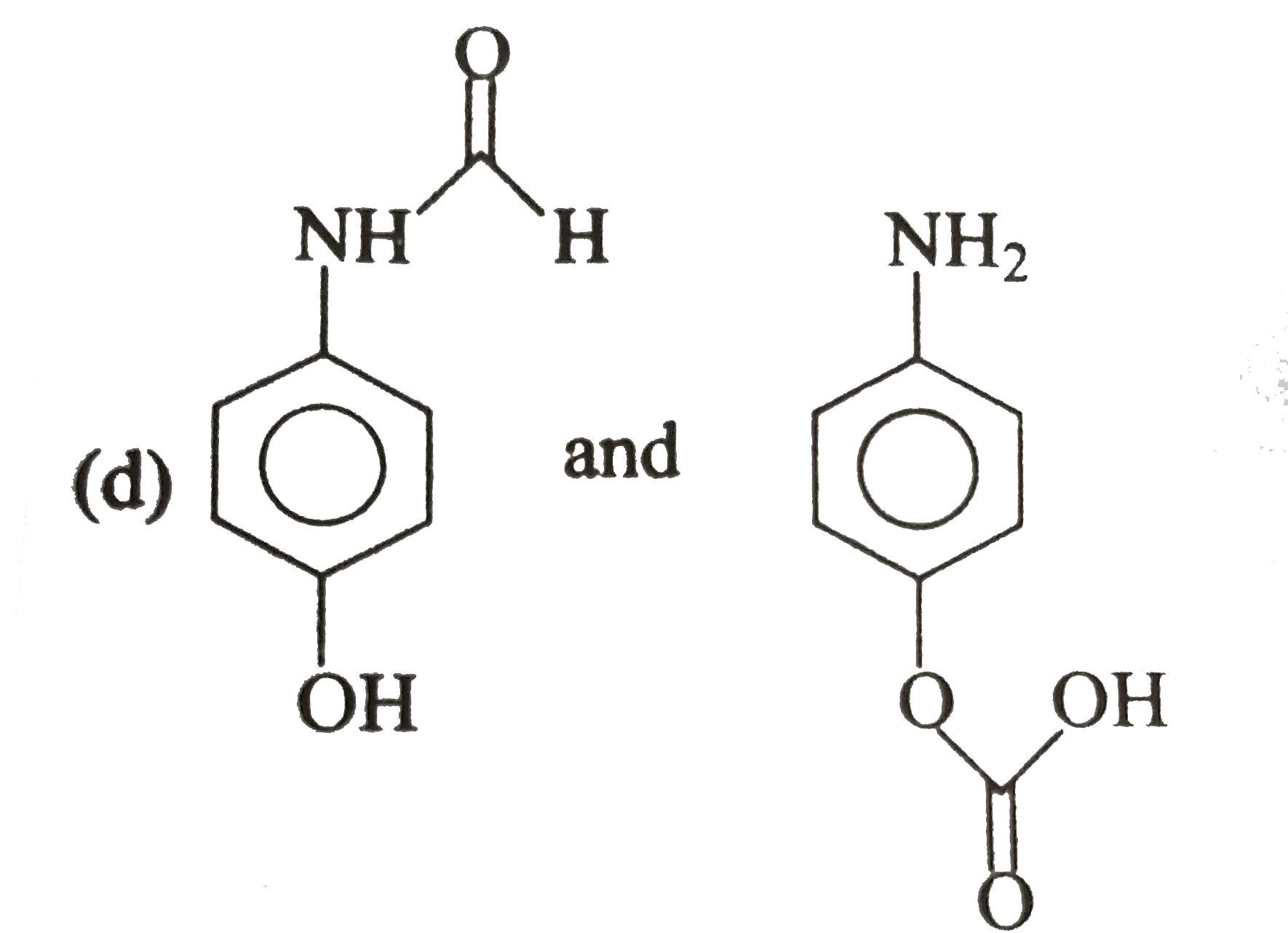
The correct order of reactivity towards the electrophilic substitution of the compounds anisole (I), benzene (II) and nitrobenzene (III) is :-
View Solutionhow many monosubstituted products can be derived from benzene
View SolutionThe correct order of reactivity towards the electrophilic substitution of the compounds anisole (I), benzene (II) and nitrobenzene (III) is :-
View SolutionThe number of sigma and pi bonds present I inorganic benzene are respectively
View SolutionIn the following compounds, anisole (I), benzene (II) and nitrobenzene (III), the ease of reaction with electrophiles is:
View Solution



_2019_CBT6_E01_023_Q01.png)
